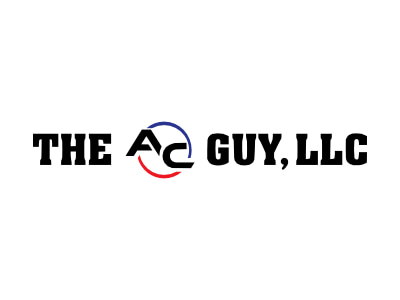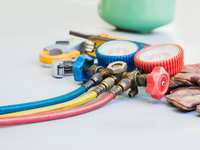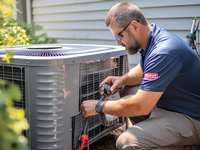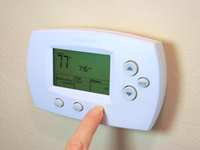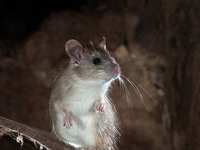- Categories :
- More
Furnace Troubleshooting: Reasons for Cold Air and How to Fix Them
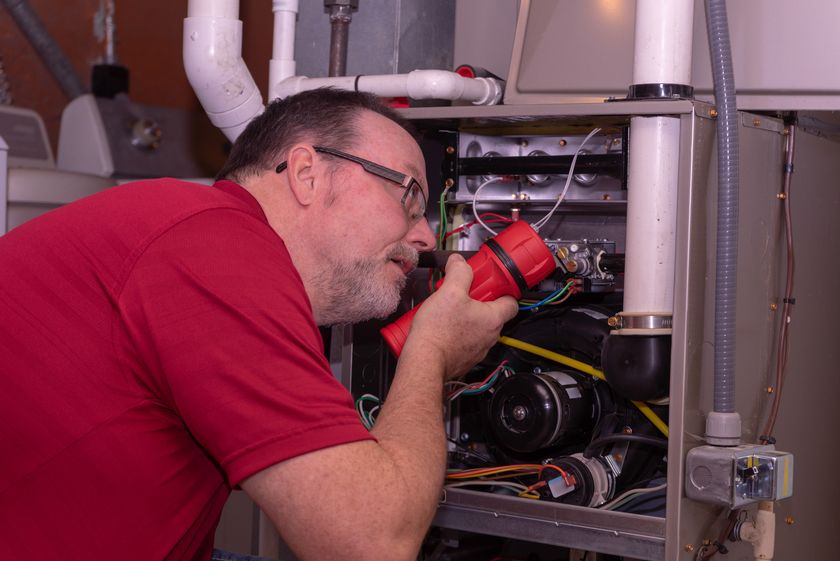
When the temperature drops, the last thing you want is for your furnace to start blowing cold air. While a properly functioning furnace keeps your home warm and cozy, various issues can cause it to produce cold air instead. Let’s dive into the common reasons for this problem and the steps you can take to fix it, ensuring your home stays warm and comfortable throughout the winter.
1. Thermostat Settings: A Simple Yet Common Cause
Sometimes, your furnace blowing cold air can be traced back to incorrect thermostat settings. Here’s what to check:
- Set to “Heat” Mode: Make sure the thermostat is set to “heat” and not “cool” or “fan.” If it’s on “fan,” the system will circulate air through your home without heating it, resulting in cool air blowing from the vents.
- Temperature Setting: Verify that the thermostat temperature is set higher than the current room temperature. If it’s set lower, the furnace won’t kick on, and you’ll feel cold air.
- Switch to “Auto” Mode: Setting the thermostat to “auto” rather than “on” ensures that the blower only operates when the furnace is actively heating, helping maintain consistent warmth.
Quick Fix: Adjust the thermostat to “heat” mode, set it to a comfortable temperature above the current room temperature, and switch to “auto” mode to restore warm air.
2. Pilot Light or Ignition Problems
If you have an older gas furnace, it likely relies on a pilot light to ignite the burners. A pilot light that’s gone out won’t produce heat, leading to cold air blowing through your system. Newer furnaces use electronic ignition, which can also malfunction.
- Pilot Light: If the pilot light is out, you can try relighting it if you’re comfortable with this task or call a professional for assistance. Repeated pilot light issues may indicate that the component needs replacement.
- Electronic Ignition: For furnaces with electronic ignitions, resetting the furnace (by turning it off and on) can sometimes resolve the issue. If not, professional repair may be necessary.
Safety Note:
If you smell gas, immediately shut off your furnace, ventilate the area, and contact a professional HVAC technician or gas provider, as gas leaks can be dangerous.
3. Dirty Air Filter: A Common Yet Preventable Problem
A dirty or clogged air filter restricts airflow to the furnace, causing the system to overheat. When this happens, the furnace’s safety mechanism will shut down the burners to prevent damage, leaving only the blower running and causing cold air to circulate.
- Check the Filter: Inspect your furnace’s air filter and replace it if it appears dirty or clogged.
- Replacement Frequency: Thin filters should be replaced every 1-3 months, while thicker filters can last up to 6 months. Homes with pets or smokers may need more frequent filter changes.
Quick Fix: Replace the dirty air filter to restore proper airflow. Regularly changing the filter also helps improve efficiency, lowering energy bills.
4. Overheating: A Sign of Restricted Airflow or Mechanical Issues
If your furnace overheats, it will shut off the burners as a protective measure, but the blower may continue running, leading to cold air blowing from the vents. Overheating can stem from dirty filters, blocked vents, or issues with the blower motor.
- Air Filter: ICheck and replace the air filter as mentioned above.
- Blocked Vents: Make sure all vents are open and unobstructed to ensure proper airflow. Closed or blocked vents force the furnace to work harder, increasing the risk of overheating.
- Blower Motor: If the furnace still overheats after checking the filter and vents, the blower motor or another mechanical component may be at fault, requiring professional assistance.
Quick Fix: Ensure vents are open, replace dirty filters, and consult a technician if overheating continues to be an issue.
5. Leaky Ductwork: Lost Warm Air in Unused Spaces
Even if your furnace is producing warm air, leaks in the ductwork can prevent that warm air from reaching your living spaces, causing cold air to blow from your vents. Duct leaks often occur in unconditioned spaces like attics or basements, where heated air can easily escape.
- Signs of Duct Leaks: Higher energy bills, uneven heating, or excess dust near vents can indicate leaky ducts.
- Inspect and Seal: A professional can inspect your ducts for leaks and use mastic sealant or metal tape to seal gaps, ensuring heated air stays within your home.
Quick Fix: Contact a professional to inspect and seal ductwork, improving both comfort and energy efficiency.
6. Faulty Gas Supply: Not Enough Fuel for Heating
For gas-powered furnaces, insufficient gas flow prevents the furnace from generating enough heat. A problem with the gas valve, gas line, or pressure regulator could be causing the issue.
- Gas Supply Issues: If you suspect a gas issue, it’s essential to contact a licensed technician. Gas repairs require specialized tools and expertise to ensure safety.
Quick Fix: Leave gas-related repairs to professionals, as handling gas components without proper training can be dangerous.
7. Malfunctioning Blower Motor: Inadequate Air Circulation
The blower motor is responsible for circulating air through your home. A weak or malfunctioning blower motor may lead to inconsistent airflow, resulting in cold air blowing from the vents.
- Signs of Blower Motor Issues: Noisy operation, weak airflow, or a blower that fails to turn on are common indicators.
- Professional Repair or Replacement: NA faulty blower motor requires professional attention for repair or replacement to restore proper heating.
Quick Fix: Consult an HVAC technician to diagnose and fix any blower motor issues, restoring consistent warmth in your home.
Preventive Maintenance: The Key to Avoiding Cold Air Issues
Regular maintenance is essential for preventing many of the issues mentioned above. Scheduling a seasonal HVAC tune-up can help identify and resolve potential problems before they lead to cold air blowing from your furnace.
Benefits of Preventive Maintenance:
- Early Detection: Technicians can spot and address minor issues before they escalate, keeping your system in top shape.
- Improved Efficiency: Clean filters, calibrated thermostats, and well-maintained ductwork all contribute to a more efficient heating system, lowering energy costs.
- Extended System Life: Regular maintenance reduces wear and tear, helping your furnace last longer.
Consider enrolling in an HVAC maintenance plan with The AC Guy. Regular tune-ups, priority service, and expert troubleshooting can provide peace of mind and ensure your system works efficiently throughout the winter.
Don’t Settle for Cold Air This Winter
From thermostat settings to leaky ductwork, there are several reasons your furnace may be blowing cold air. Some issues, like incorrect thermostat settings and dirty filters, are easy to fix yourself, while others, like gas supply issues and malfunctioning blower motors, require professional expertise.
If your furnace is blowing cold air, contact The AC Guy for expert HVAC services. Whether you need a quick tune-up, filter replacement, or a full system inspection, our team is here to keep your home warm and comfortable all winter long. Don’t wait for a chilly surprise—reach out today to schedule your maintenance or repair appointment!

